Structural lineament analysis of the Bir El-Qash area, Central Eastern Desert, Egypt, using integrated remote sensing and aeromagnetic data
- PMID: 38057366
- PMCID: PMC10700312
- DOI: 10.1038/s41598-023-48660-x
Structural lineament analysis of the Bir El-Qash area, Central Eastern Desert, Egypt, using integrated remote sensing and aeromagnetic data
Abstract
The Bir El-Qash area, located in the Central Eastern Desert of Egypt, is characterized by a diverse range of igneous, metamorphic, and sedimentary rocks with ages spanning from the Late Proterozoic to Quaternary. Integration of remote sensing with aeromagnetic data was conducted to generate surface and subsurface structural lineaments. Shaded relief from digital elevation models, principal component analysis of Landsat-8 data, and ALOS/PALSAR images were utilized to create lineament maps. Airborne magnetic data were employed to reveal subsurface characterizations. The study area has undergone various tectonic activities, resulting in complex structures. Multiple fault trends and fractures were identified, including the NW-SE (Red Sea-Gulf of Suez) trend, the NE-SW trending Syrian arc trend, the N-S trending East African trend and the WNW-ESE trend. By analyzing the tectonic features of the Bir El-Qash area, this study provides insights into the geological history and evolution of the Eastern Desert of Egypt.
© 2023. The Author(s).
Conflict of interest statement
The authors declare no competing interests.
Figures




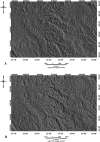
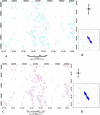
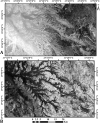

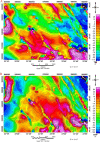

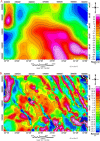
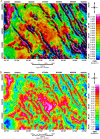
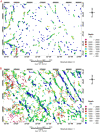

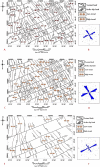
References
-
- Eldosouky AM, El-Qassas RAY, Pour AB, Mohamed H, Sekandari M. Integration of ASTER satellite imagery and 3D inversion of aeromagnetic data for deep mineral exploration. Adv. Space Res. 2021;68:3641–3662. doi: 10.1016/j.asr.2021.07.016. - DOI
-
- Reynolds, J. An Introduction to Applied and Environmental Geophysics, Wiley, Chester, 2nd edition, 710p (1997).
-
- Khalil A, Hafeez TH, Kotb AE, Saleh HS, Mohamed WH, Takla E. Subsurface structural characterization as deduced from potential field data—West Beni Suef, Western Desert, Egypt. Arab. J. Geosci. 2022;15:1627. doi: 10.1007/s12517-022-10900-1. - DOI
-
- Lasheen ESR, Mohamed WH, Ene A, Awad HA, Azer MK. Implementation of petrographical and aeromagnetic data to determine depth and structural trend of Homrit Waggat Area, Central Eastern Desert, Egypt. Appl. Sci. 2022;12:8782. doi: 10.3390/app12178782. - DOI
-
- Dixon, T. H. Evolution of Continental Crust in the Late Precambrian Egyptian Shield. California University Press, San Diego, USA (1979)
LinkOut - more resources
Full Text Sources
Miscellaneous

